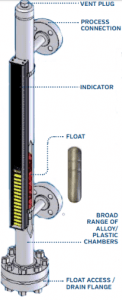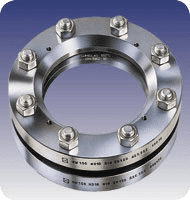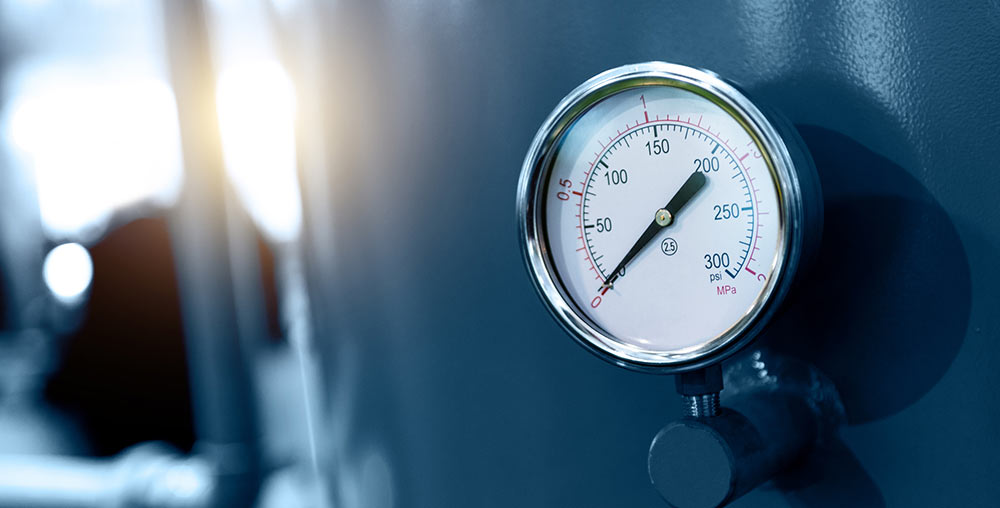
How to Select the Right Sanitary Safety Relief Valve for Your Manufacturing Process
Selecting the proper safety relief valve for sanitary processing equipment is a fundamental engineering decision that impacts plant safety, product integrity and operational compliance. While the general goal is to protect against overpressure, the design details of sanitary applications—like food, beverage, dairy, or biotech—add unique layers of complexity to the decision-making process.
The first step is to precisely define your operating and relief conditions. You need to know the maximum allowable working pressure, the expected upset scenarios, and the set pressure of the relief valve. You also need to assess whether the valve will operate in a clean-in-place (CIP) or sterilize-in-place (SIP) environment that requires resistance to thermal and chemical cycling. LJ Star, which offers the Goetze line of sanitary pressure relief valves, offers a robust checklist for safety-valve selection:
- Consideration of medium (gas or liquid)
- Temperature
- Set pressure
- Capacity
- Connection type
- Surface finish
- Materials and certifications
These aren’t just guidelines—they’re the core of correctly matching valve to system.
For sanitary applications, material and finish are paramount. Unlike industrial valves, which tolerate cast iron or bronze bodies, sanitary valves must be made of sanitary grade 304 or 316L stainless-steel. These must be polished to a surface roughness of Ra ≤ 0.8 µm—ensuring there are no microscopic crevices for microbial growth and enabling effective CIP. Seal materials such as PTFE, EPDM or silicone must be approved for food, cosmetic and biopharma use.
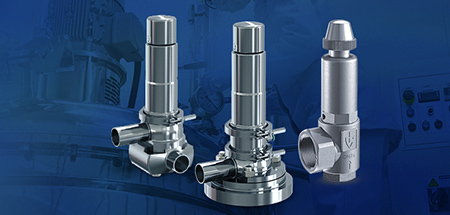
Connections are equally critical. Sanitary relief valves should integrate smoothly with tri-clamp, butt-weld or hygienic threaded systems — nothing less. Tri-clamp fittings are especially important, allowing for quick disassembly, cleaning and reassembly without specialized tools or disruption of process lines. Remember, improper port size or connection mismatch can introduce pressure drop or dead legs, which compromise valve performance or CIP effectiveness.
Spring housing design is another essential consideration. Standard industrial valves often leave spring and bonnet exposed, creating zones where media can pool or bacteria can thrive. Sanitary valve designs mitigate this through sealed bellows or diaphragm housings that protect internal components and maintain hygienic integrity even during relief events.
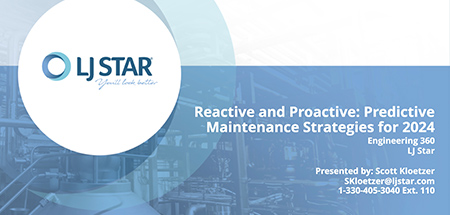
Certifications provide traceability and peace of mind. Look for valves compliant with ASME BPE, CRN and FDA standards and ensure they carry test certificates verifying set pressure, capacity, and seat leakage. These documents are essential not just for safety but for regulatory audits and quality assurance.
Installation factors deserve careful thought. Relief valves should usually be installed vertically with unrestricted inlet and discharge routes. Ensure discharge piping is sloped to allow drainage and avoid pooling of bioburden. Incorporate space for maintenance, testing, and inspection—constraints imposed by cramped equipment rooms are often overlooked until commissioning.
Don’t underestimate lifecycle and maintenance needs. Choose valves that allow easy access to springs, seals and diaphragms without dismantling large piping sections. CIP compatibility means valve internals must tolerate aggressive detergents and repeated steam cleaning cycles. Engineers should document valve schedules, test dates and any replacements or recalibrations as part of a formal maintenance protocol—most valves require inspection every 6 to 12 months, with full bench testing at set intervals.
Selecting the right sanitary safety relief valve is a multi-dimensional task balancing thermal, mechanical, hygienic and regulatory factors. Following a structured approach ensures your valve choice delivers protection, sanitation and operational continuity.


